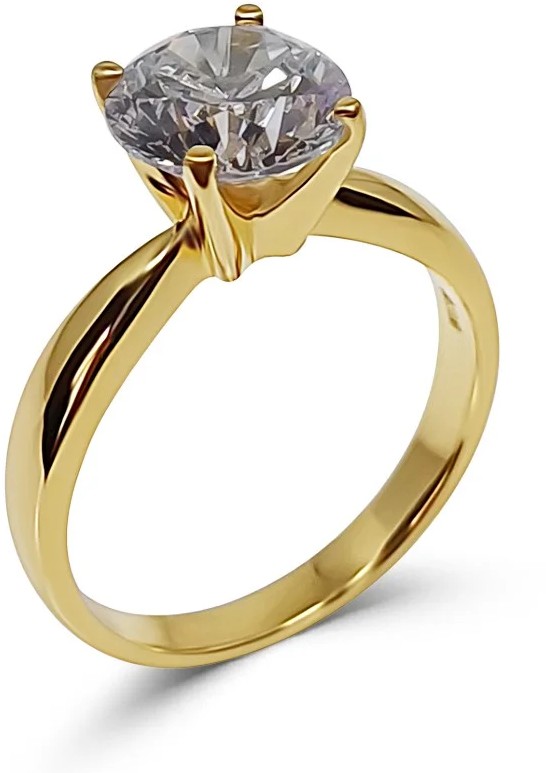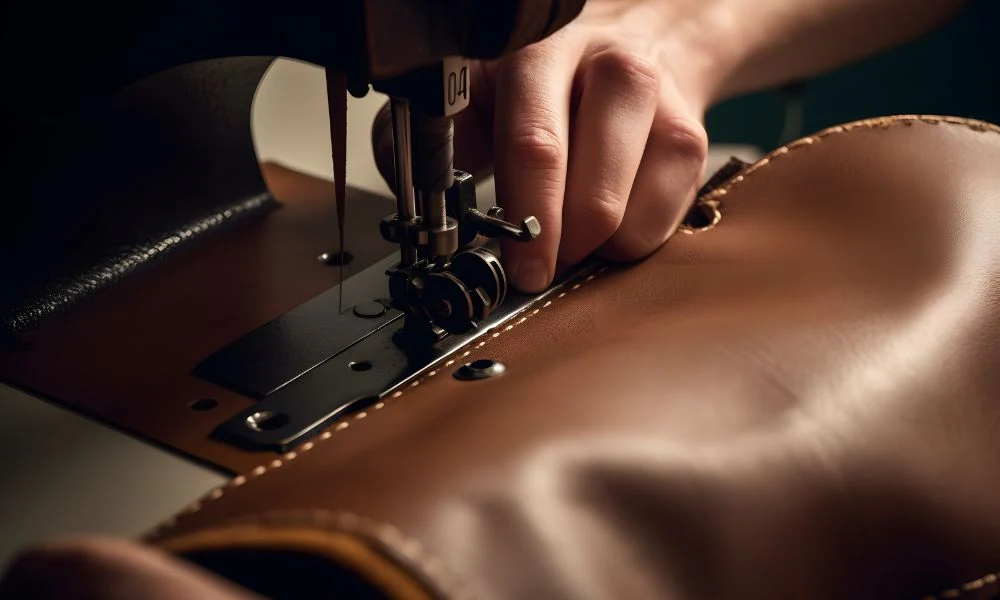Best Fake Diamond Material: Understanding Your Options
Fake diamonds, also known as diamond simulants, have become popular due to their affordability and stunning resemblance to real diamonds. These materials offer an excellent alternative for those seeking the sparkle of a diamond without the high cost. This article explores the best fake diamond material options available, helping readers make an informed choice.
1. Cubic Zirconia: The Popular Choice
Cubic zirconia (CZ) is one of the most popular diamond simulants. Known for its brilliance and affordability, CZ closely mimics the look of a real diamond. It is made from zirconium dioxide and is often used in various jewelry pieces. CZ is relatively hard, ranking 8.5 on the Mohs scale, making it suitable for everyday wear. However, it can scratch over time and may lose its luster.
2. Moissanite: The Sparkling Star
Moissanite is another best fake diamond material. Discovered in a meteorite, moissanite is made from silicon carbide. It is known for its incredible brilliance and fire, often surpassing that of a real diamond. Moissanite ranks 9.25 on the Mohs scale, making it extremely durable and suitable for everyday use. It is also resistant to scratching and maintains its sparkle over time.
3. White Sapphire: The Classic Alternative
White sapphire is a natural gemstone that serves as a good diamond alternative. It is made from aluminum oxide and has a similar appearance to a diamond. White sapphire ranks 9 on the Mohs scale, making it durable and suitable for regular wear. It lacks the fire and brilliance of diamonds and moissanite, but it offers a classic and elegant look.
4. Glass: The Budget-Friendly Option
Glass, often referred to as crystal or rhinestone, is the most affordable best fake diamond material. It is made from silica and can be cut and polished to resemble a diamond. Glass lacks the hardness and durability of other fake diamond materials, ranking around 5.5 on the Mohs scale. It is prone to scratching and may not retain its sparkle over time, making it better suited for occasional wear.
5. Synthetic Diamonds: The Real Deal
Synthetic diamonds, also known as lab-grown or man-made diamonds, are real diamonds created in a laboratory. They have the same physical and chemical properties as natural diamonds, making them indistinguishable to the naked eye.
Synthetic diamonds rank 10 on the Mohs scale, offering the same hardness and durability as natural diamonds. They are an excellent choice for those seeking the best fake diamond material with the authenticity of a real diamond.
6. Comparing the Options
When choosing the best fake diamond material, consider hardness, brilliance, and cost. Cubic zirconia is affordable and offers good brilliance but may scratch over time. Moissanite provides superior brilliance and durability, making it a top choice for everyday wear.
White sapphire offers a classic look with good durability but lacks the fire of diamonds. Glass is budget-friendly but not as durable. Synthetic diamonds offer the best of both worlds, combining authenticity with durability.
Conclusion
Understanding the different fake diamond materials helps in making an informed choice. Each material has its unique advantages and limitations. Cubic zirconia, moissanite, white sapphire, glass, and synthetic diamonds offer various benefits in appearance, durability, and cost. Considering these factors, one can select the best fake diamond material that suits their needs and preferences, ensuring beautiful and lasting jewelry.




